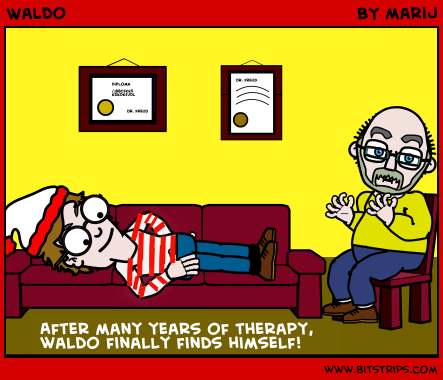One of the reasons that experience-based teaching is dynamic and transformative is precisely because it is working on multiple layers. The last two posts discussed the first four of the "S's" that make up what experience-based teachers are looking for when they are teaching-- (S)ubject, (S)kills, (S)trategies, (S)tudents. This post explores the last of those (S's)--the (S)elf.
I remember sitting in the department office one late winter afternoon in my third or fourth year of teaching with my friend and colleague, Buddy, trying to figure out what we were actually teaching that was of lasting value. That evening, we decided that what was really most enduring was simply "tone." We arrived at this conclusion because we both acknowledged that we could hear our most formative teachers and coaches in our heads; we literally heard "voices" in our heads when we taught or coached.
Today, if I were to modify what Buddy and I discovered I would say that it was not only "tone" but a fuller, richer idea - "voice" - that was memorable, and that tone was only part of that. These voices were the omnipresent ghost - like Hamlet's father - that were omnipresent and recognizable. You could see McFeeley in my class design, hear O'Connell in my responses to students in class, discern Arkes in the feedback I gave on essays, and easily conjure up Gooding in every soccer practice. I had internalized these voices, and they popped out constantly.
At the time, I was reading and teaching a lot of T.S. Eliot poetry and came across the following comment about different kinds of poets, "One of the surest tests (of the superiority or inferiority of a poet) is the way in which a poet borrows. Immature poets imitate; mature poets steal; bad poets deface what they take, and good poets make it into something better, or at least something different. The good poet welds his theft into a whole feeling which is unique, utterly different from which it is torn..." I still remember the complex feeling that night. First, that being a teacher might be like being a poet--a lovely idea, I thought. Second, that I was simply an imitator, an immature teacher; at worst, a fraud.
In fact, I had not internalized these voices, I had simply recorded them. My teaching was like what my painter friends called " basic rendering;" it wasn't art. It was what my theater friends called "learning the lines;" it wasn't acting. What to do? Well, if Eliot were right, I would have to start "stealing." And so began a lifetime career of outright, brazen theft. Of course, theft in the educational world is legitimate as long as you footnote, so I was generous in attributions to sources.
Theft requires courage because you think you are doing something wrong, something inauthentic. But along the way, I realized that having stolen so completely, I could alter, modify, or destroy what was now mine. In fact, I couldn't help but do it. And, as a result, I began to sound more like me. The paradox of genuine theft is that, if you do it right, you increase the potential of being authentic--of having a "voice." This, you realize, is how the people you were imitating must have created the "self" that they were teaching.
But the most unexpected gift that can then occur at that point is what my wife, a social worker, says is called "transference" and the "parallel process" in psychology. She describes it this way in terms of describing a social work colleague: "Janet, you're a person who has five cats, and you're trying to help your client who is about to be evicted because she has pets. How could this be affecting your effectiveness as a social worker (positively as in she has the drive and motivation to move mountains for the client - or negatively as she gets stuck and righteous and combative in a way that the landlord becomes even more unwilling to negotiate with the client)?" If you are astute, you can see yourself in your client.
In the world of experience-based teaching and learning it is the ability to turn what has been a window into a mirror. Having crafted a voice as a teacher, if you begin listen more and talk less, you hear yourself in your students. Not that this always reveals your best self, however. For example, you begin to realize that the student who drives you crazy is actually in your class, in part, to teach you about some Jungian shadow trait that you actually dislike about or disown in yourself. And so the teacher/student relationship becomes about learning for both parties. But for the teacher it is a second way of teaching your "self."
So, how to begin the journey towards "mature" teaching? I guess it is partly theft and partly looking in the mirror.

Really enjoyed this post. Like the "turning window into a mirror"!
ReplyDeletethanks---it is one of the techniques that moves one toward self-implication---which, when paired with empathy, i s a pretty powerful technique for creating experience that is transformative...
ReplyDelete